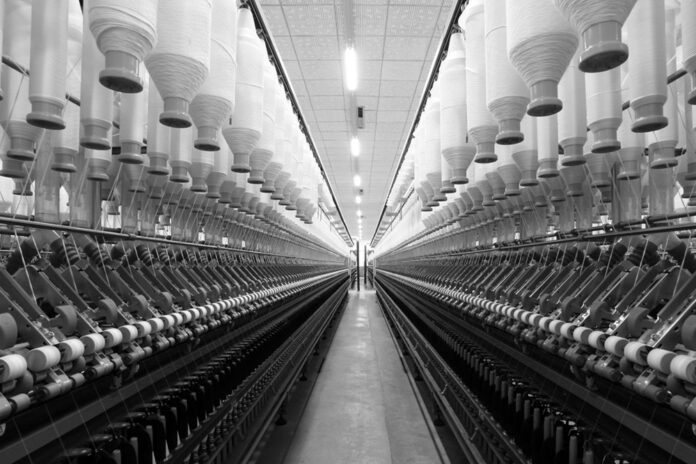Textiles are not restricted to fashion only; it has also emerged as a medium that highlights protest against different exploitation in their woven item. We usually dismiss embroidery, weaving, and fabric decoration as crafts rather than arts, relegated that is relegated to women’s crafts.
However a look at the exhibitions this summer reveals that these crafty women send political messages through their offerings
It ranges from Brexit tea towels to dresses embellished with symbolic patterns. Palestinian embroidery at one exhibition shows postcolonialism, migration, and gender in its displays of weaving, knitting, and stitching by various artists. The article named Threads this year’s Brookfield Properties Craft Award.
Then there’s the British Textile Biennial, held in Lancashire. Artists are exhibiting work inspired by “textile waste colonialism”. Amber Butchart associate curator reveals that historically, in Europe and America, textiles were dismissed by the patriarchal art establishment as inferior to painting and sculpture, which have been prioritized in galleries.
He says that activist messages are also commonly associated with the public rather than domestic spaces. The textile presentations include Chinese quilts – dahua bohemian – decorated with symbols during the Cultural Revolution such as factory chimneys and scientific equipment.
The clothing also gives items of political protest and gives important space to an underrepresented group. Palestinian women are not people that we think of as having a historical record. But the things they make have a fascinating and powerful connection to the political realities in which they live.
There are garments on display in summer exhibitions that feature motifs such as doves clutching guns in their claws and the letters PLO stitched into traditional designs. The colors of the Palestinian tricolor were used in clothes made in the early 80s, a time when it was forbidden to fly the flag. These textiles defy what we think of as the material culture of protest. The notion of steadfastness is central to the Palestinian resistance, and their embroidery embodies that.
The pandemic ushered in a more widespread interest in making and also a better understanding of the therapeutic side of handcrafting. People realized there’s a broader aspect to the arts, that they help us shift our focus on the world.
Many British institutions are currently looking at the legacy of colonialism in their collections and featuring a wider range of creatives, especially female artists. Butchart also thinks the trend for shows about materials and protests is a sign that our view of culture is changing.
Textiles and clothing are deeply woven into the cultural heritage of humanity. Adorning the body has always been a means of communication. It is great that museums and galleries are catching up.



